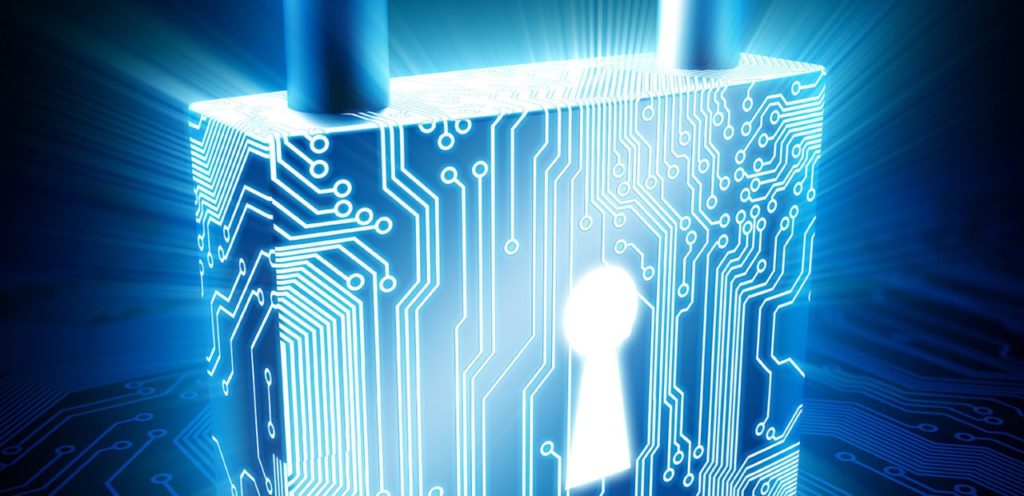In the determination of PCB Reverse Engineering Copyright Infringement, there is no ready-made standard, and only the relevant judicial experience of the layout design of the integrated circuit can be used to adopt substantively similar standards, and the degree of similarity between the PCB design after PCB reverse engineering and the original layout design is recognized. The main reason for the situation is that the existing laws have insufficient protection against PCB design, and there is no specific definition of the legal status of PCB Board reverse engineering and the criteria for distinguishing between Printed circuit board reverse engineering and PCB board copying infringement.

Based on the particularity of the PCB Board copying infringement issue involved in PCB reverse engineering, we propose two aspects,
First, promote self-discipline management in the industry, standardize market order, establish dispute resolution mechanisms within the industry, and form a good intellectual property atmosphere.
Secondly, improve the relevant legislation, and explore the feasibility of separate legislation when considering that it is difficult to satisfy the protection by existing laws.
At the same time, based on the domestic useful experience of PCB reverse engineering legislation, it is proposed to clarify the scope of protection and establish the legal status of PCB board reverse engineering under the framework of separate legislation, and improve the implementation conditions of PCB reverse engineering. In the case of infringement, the same standard of identification is adopted, and the conventional design part that is well known to the public will be filtered out, but the core part is compared, so that the infringement determination is more scientific and standardized.






